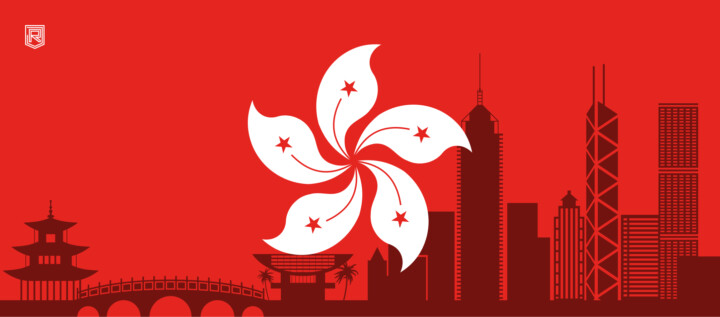I was reminded today that context can make a massive difference. In our lightning-fast ever-more-connected world that first appearances can be deceptive. That can lead to simple amusement – as it did today – but it can just as easily generate mistakes and confusion.
“What have you been up to?” came the amused messages from former colleagues, pointing out that I had earned an appearance in the news. I’d been mentioned in a publication called Punchline Gloucester – which apparently ranks as “Gloucestershire’s No.1 business to business publication and website”.
For any of you that don’t know the UK, Gloucestershire is a region of England that is home to my employer – Ripjar.
What was the reason for the concerned messages? Punchline had tagged me in a round-up of Gloucester headlines that led with the sad story of a local businessman in court over a manslaughter charge and followed up with a range of stories – from a shortage of bus drivers, an assault at a cider festival, and the closure of a Gap store.

Right beneath the story were two headshots – a man with an enigmatic smile. And me.
The power of context… What had I done? Was I OK? Which end of this manslaughter charge had I been part of? Had I drunk too much cider? Had I started driving buses?
On closer inspection, it all became clear. An editor or algorithm, or a mix of the two, had picked the two headshots and featured them on the post and tagged companies and people mentioned. Presumably doing so generates more clicks to the newspaper and helps to drive their advertising revenue.
Similar patterns happen all the time, in all sorts of different settings. Maybe there’s a similar roundup of political stories which includes both negative and positive coverage of politicians, or there can be stories about terrorism that discuss appalling criminal acts alongside the valiant efforts of politicians or agency staff to combat them.
In each case, it underlines both the power of the media and the risks associated with an unsophisticated reading of an article.
The lesson is important when it comes to gaining insights from unstructured data. Systems like Ripjar’s Labyrinth Screening must be careful to accurately parse the content of news articles to understand where there is a relationship between the individuals and crimes, or behavior mentioned. An unsophisticated approach might look at the post from Punchline Gloucester and conclude that I was connected to the manslaughter case or the assault, or it might look at an article on financial crime and associate the wrongdoing with a judge or lawyer involved in the case.
At Ripjar we use advanced Natural Language Processing (NLP) to automatically read and interpret each story, separating out the level of involvement. We have developed specific machine learning models in 18 different languages. Each model has been trained to successfully extract the relationships as a native reader would.
The result is that organisations looking at the media to calibrate counter-party risk get early and effective alerts with minimal false positives. Maybe even more importantly, non-related companies and people coincidentally mentioned in the news are not impacted.
Gabe Hopkins
Chief Product Officer, Ripjar
If you want to find out more please get in touch to arrange a demo!
Last updated: 31 December 2024



